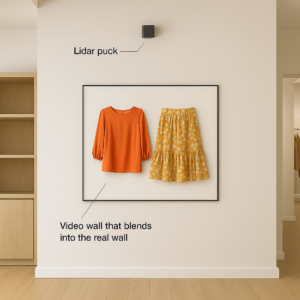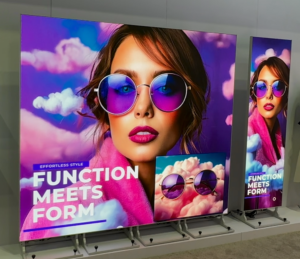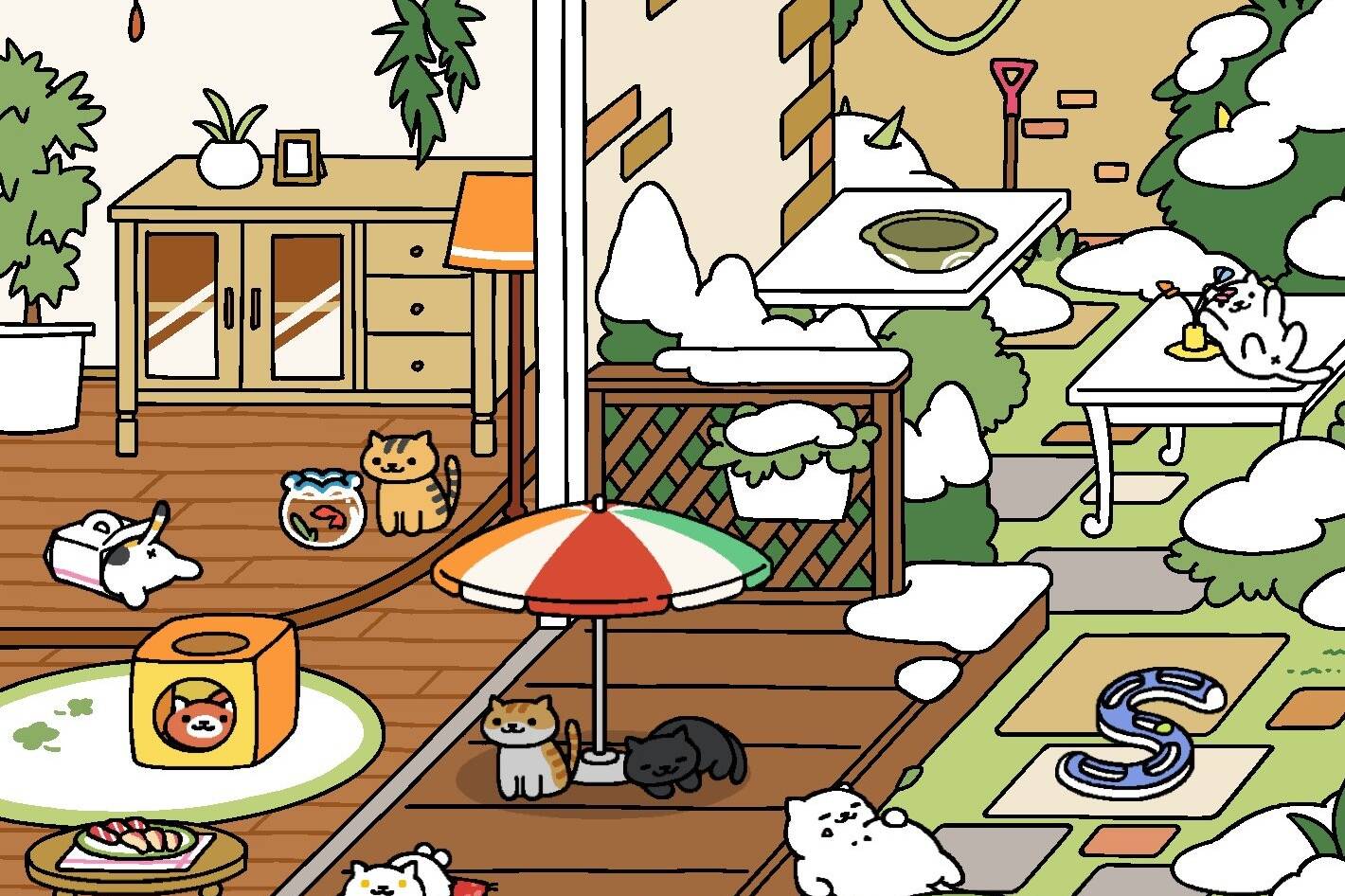Turning walls and floors into interactive experiences with simple, affordable technology for retail, showrooms, and beyond. By Eric Soto.
Imagine this: a guest approaches what appears to be an ordinary, innocuous wall. It blends into the themed space or set around it. No screen, no obvious sensor, nothing that hints at interactivity. However, the system is aware that the guest is present. It recognizes them, maybe even remembers that they enjoy challenges or puzzles.
Without the guest doing anything deliberate, the wall responds. A pattern of lights forms a puzzle designed just for them. Sounds cue up and draw them in. Every part of the interaction feels personal, carefully crafted to match their interests. No touchscreen, no wearable; just a space that sees them, understands them, and invites them in.
Today’s guests want more than just screens and buttons. They want experiences that feel natural, immersive, and effortless.
With modern sensor tech like Lidar and depth cameras, it’s now possible to make any surface interactive. Walls, floors, and set pieces can react to guests without needing touchscreens or physical controls. This makes it easier and more affordable for operators to deliver responsive, engaging spaces.
The Core Idea
 This technology is no longer exotic or expensive. Lidar sensors, depth cameras, and edge processors are widely available and affordable. They are built into many off-the-shelf systems. What felt cutting-edge just a few years ago is now practical for a wide range of locations and budgets.
This technology is no longer exotic or expensive. Lidar sensors, depth cameras, and edge processors are widely available and affordable. They are built into many off-the-shelf systems. What felt cutting-edge just a few years ago is now practical for a wide range of locations and budgets.
These tools handle the work quietly in the background. They detect where guests are, how they move, and how close they are to parts of a space. This creates invisible zones that act like virtual touchpoints, eliminating the need for physical buttons or screens.
These zones can turn almost anything – an LED floor, a projection-mapped wall, or any plain architectural element – into an interactive surface. The guest doesn’t see the tech; they see the moment you designed for them, and it feels seamless.
Most of the cost is invested in creating great media and designing the guest experience. The hardware is the easy part.
Possible Applications
 Picture a high-end car in a standard retail showroom or dealership. As a buyer approaches, the wall behind the car lights up with features. A gesture near different parts of the display lets them configure the car. They change the color, swap accessories, and see their creation take shape in real time.
Picture a high-end car in a standard retail showroom or dealership. As a buyer approaches, the wall behind the car lights up with features. A gesture near different parts of the display lets them configure the car. They change the color, swap accessories, and see their creation take shape in real time.
In a museum gallery, imagine a historic stone wall that tells its story as visitors approach. Lights trace carvings or hidden details. Soft audio reveals long-lost sounds or voices from the past. As visitors lean in or gesture, sections glow and images expand to reveal what was once there.
Imagine a booth at a trade show where the walls invite you to participate. A graphic offers a demo as someone approaches. If an attendee pauses near a product image, details appear, or a video plays. Movement triggers content, helping the booth stand out without the need for extra staff.
Wrap-Up
This technology provides operators with flexibility: a simple media change can refresh the experience without altering the physical space. Guests don’t need to wear anything or use a device to feel immersed. The hardware uses off-the-shelf components that are easy to set up, maintain, and scale. The true investment is in creative design and quality media, not expensive tech.
The opportunity isn’t about replacing old technology. It’s about adding a layer of connection that makes every visit feel personal and memorable. Every wall, floor, and set piece can actively shape the story, spark curiosity, and help each guest feel like their adventure begins the moment they enter your space.




